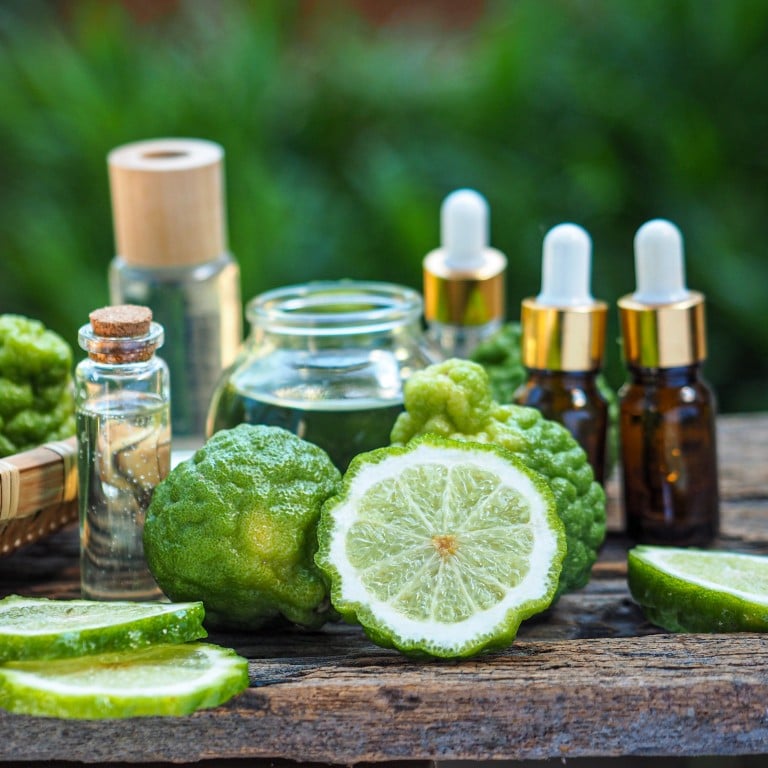
Bergamot: from perfume, oil and tea to food and juices, how the fruit’s growing popularity is reviving one of Italy’s poorest regions
- Long exported worldwide to make perfumes and cosmetics, bergamot oil is finding new markets in confectionery, juices, cuisine and pharmaceuticals
- Exports to Asian countries have grown at more than 10 per cent a year over the last five years, reviving Italy’s Calabria region, where it is mostly grown
The finest Earl Grey tea and the luxury oils and essences used in stress-killing aromatherapy have one thing in common. They’re made with the pure essence of bergamot, a pricey citrus hybrid shaped like an orange but yellow like a lemon, which grows in a restricted patch of land in the far south of Italy.
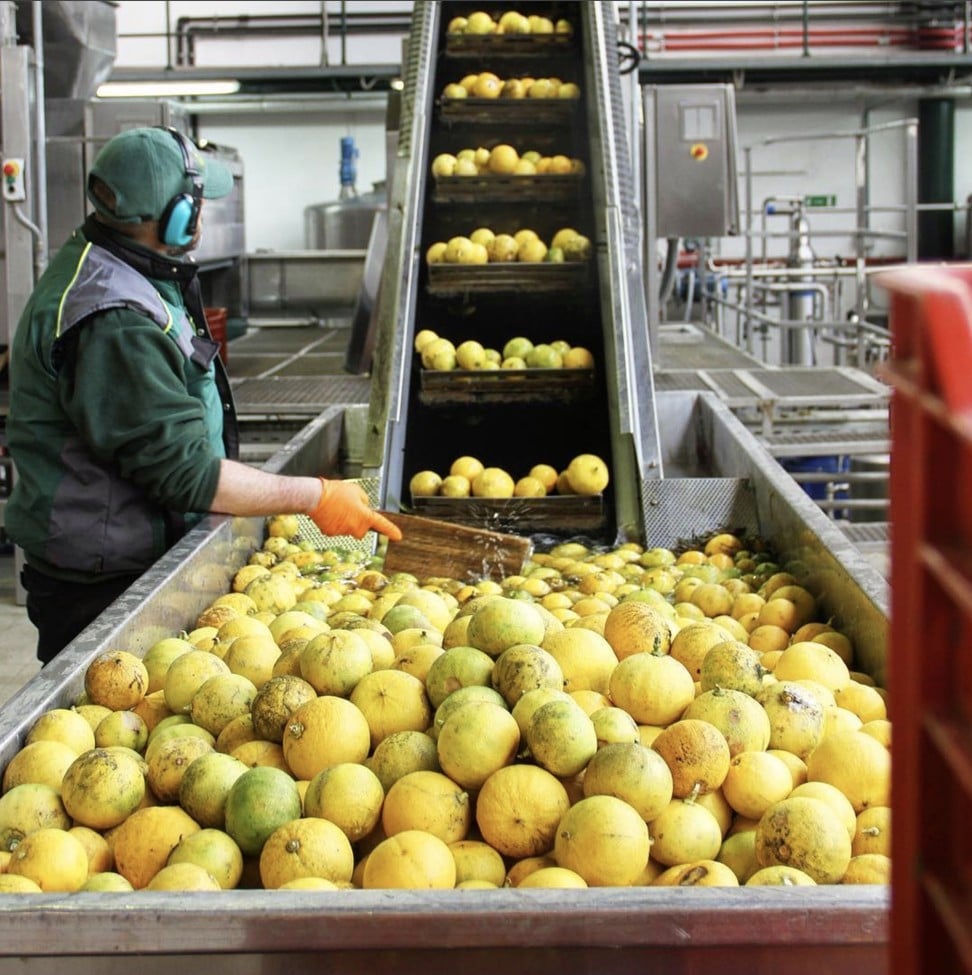
Local Italian producers worship bergamot as a miracle of their homeland.
“We have come to acknowledge it as an indigenous fruit, born centuries ago from the spontaneous cross-pollination of various citrus varieties, which has found its natural habitat on our land thanks to the special soil and microclimate,” says Elio Pizzi, head of the Consortium for the Protection of the Bergamot of Reggio Calabria, which unites 80 per cent of producers.
In 2001, the consortium succeeded in winning the status of protected designation of origin for its prime bergamot, an exclusive label recognised at the European level.

“Many countries, from Greece to Israel, have unsuccessfully attempted to reproduce it,” Pizzi says. “The only other place where bergamot grows is in the Ivory Coast, but it is inferior in quality compared with ours.”
According to legend, the drink improved the life of the palace courtiers. The Italian later made a bergamot-flavoured sorbet. In Germany, in 1709, another Italian created the famous eau de Cologne, which contained bergamot oil.
From that moment on, the fruit’s aromatic essence became one of the most valuable and sought-after ingredients in the creation of perfumes.
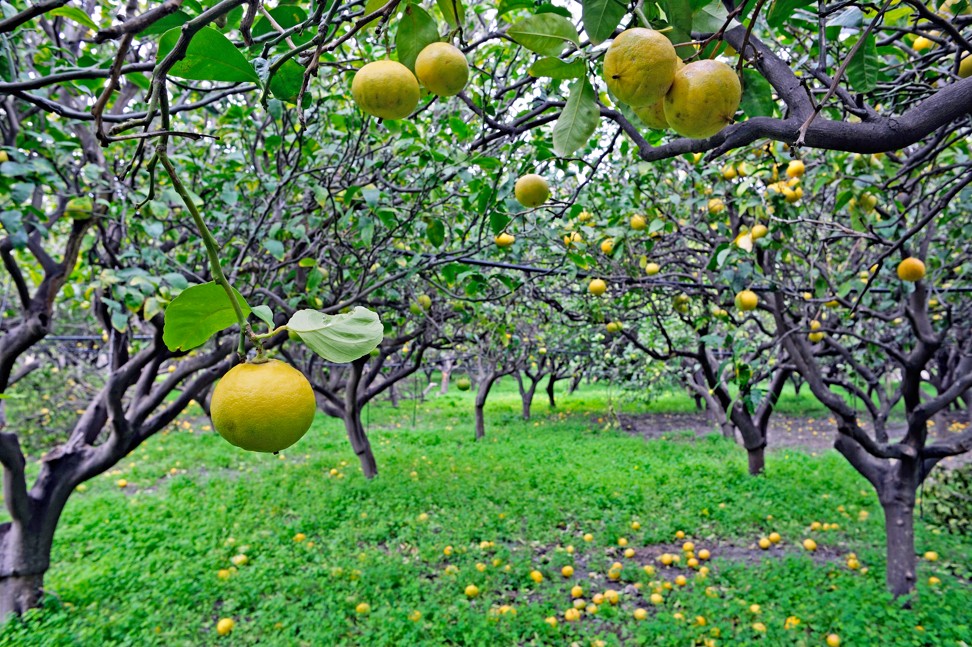
Plantations of bergamot trees now blanket the fertile countryside close to Calabria’s coastal town of Reggio Calabria, near the mountainous national park of Aspromonte. Known for its Greek-Byzantine ruins, the district is dotted with tiny hamlets where locals speak a Greek-sounding dialect. The fresh scent of citrus fills the air.
Big lemony-looking bergamot fruit are hand-picked during the harvest season by farmers following ancient rituals passed down through generations of producers to ensure the thin peel remains undamaged. At a few estates, expansive views stretch all the way to Calabria’s pristine beaches.
The territory has unique characteristics that suit bergamot trees; if one is planted in Sicily, just a few kilometres away across the Messina Strait, it will not flourish.
We have local dishes such as risotto with bergamot, meat scallops with bergamot juice, and bergamot chicory salad with olives
Bergamot’s global appeal has grown over the past five years, with 20 per cent more land designated for production. The Calabrian trees yield about 20,000 tonnes of fruit annually, which is used to produce 100 tonnes of essence.
Until a few years ago only the fruit’s scented peel was prized as a source of the precious oil, worth €190 to €200 (US$210 to US$220) per kilogram and exported worldwide to make perfumes and cosmetics. Recently, though, the sour-tasting, lemony bergamot pulp has been adopted as a top ingredient in confectionery, juices, liqueurs, high-end cuisine and even pharmaceuticals.
“We’ve come up with a 100 per cent natural bergamot juice. The fields of application are widening to include therapeutic treatments such as aromatherapy, which uses herbal and fruit essences to improve everyday life by healing aching body parts and reducing stress.”

Global exports of the pricey citrus have triggered an economic renaissance in Calabria, one of Italy’s poorest regions.
“The economic revival has positively affected society, creating jobs across the entire production and processing chain, and giving a future to many youths who in the past were forced to pack their bags and flee in search of a brighter life elsewhere,” Pizzi says.
“Bergamot has overturned our fragile reality; now, families can live on the produce of the land. It has been revolutionary.”
Asia, alongside America and France, where most luxury perfume brands have headquarters, are the top destination markets. The green gold is considered an elite made-in-Italy product.
“Bergamot has become a symbol of Calabrian excellence,” says Gianfranco Capua, owner of Capua 1880, a family-run company that has been in the business of bergamot oil extraction and processing for five generations.
“We export the essential oil – the raw material – worldwide, and the glamour and prestige of our bergamot is steadily rising across all Asia and Southeast Asia, including China, Singapore, India, Korea, Japan, Malaysia and Indonesia,” he adds.
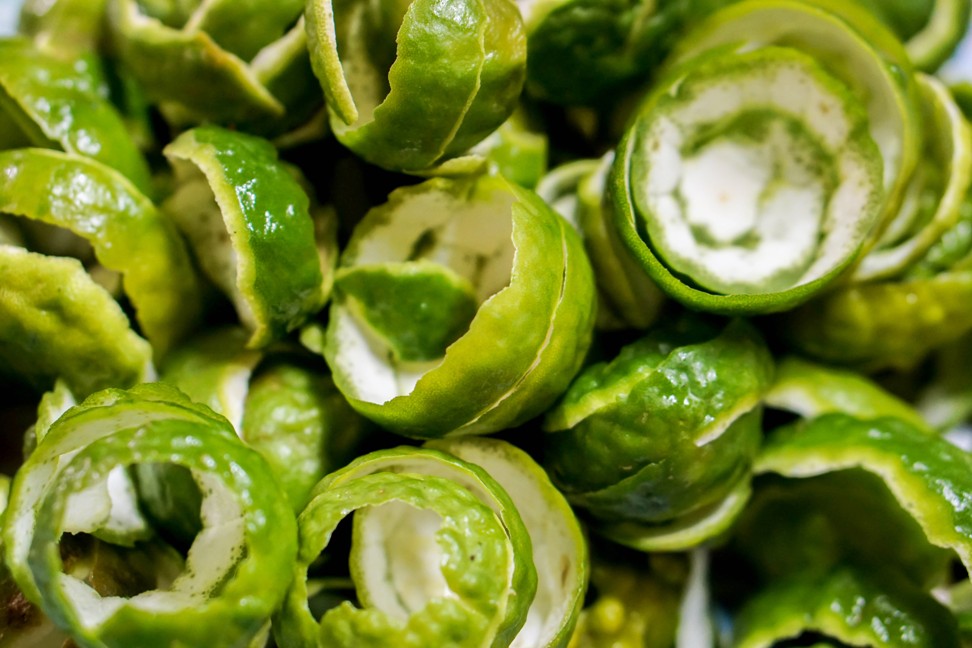
Over the last five years, exports of Capua’s essential bergamot oil to China and other Asian countries have had an average annual growth of between 11 per cent and 13 per cent.
The company’s clients include Asia-based multinational companies involved in the composition of food aromas and flavours, perfumes, alcohol fragrances, body and home care products, and detergents.
Even certain teas produced in Asia are made with drops of the Calabrian treasure. Ugo Sergi owns biological company Azienda Agricola il Bergamotto, a bergamot plantation that exports its essence to Japan, Taiwan and South Korea to make high-quality Earl Grey black tea blend.

Tea-drinkers should be aware that commercial Earl Grey tea produced on a massive scale often contains synthetic, lab-made bergamot flavours, Sergi says, while drops of pure essential oil are used to produce “real” Earl Grey. His “green gold” oil is also used in various Asian countries for therapeutic massages and hot baths.
Sergi’s exports to Asia are on the rise, with an increase of 20 per cent over the past few years. He also exports to America and Australia.
His bergamot estate has a rural resort where guests are entertained during “Bergamot Weeks”. “We enjoy opening our doors and hosting foreigners who like to go on trekking tours in the Aspromonte park and take part in the bergamot harvest season to learn about our magical and mysterious fruit that has chosen this patch of land to come to life,” Sergi says. “In a land full of hardships and difficulties, bergamot is the only one who really loves us.”
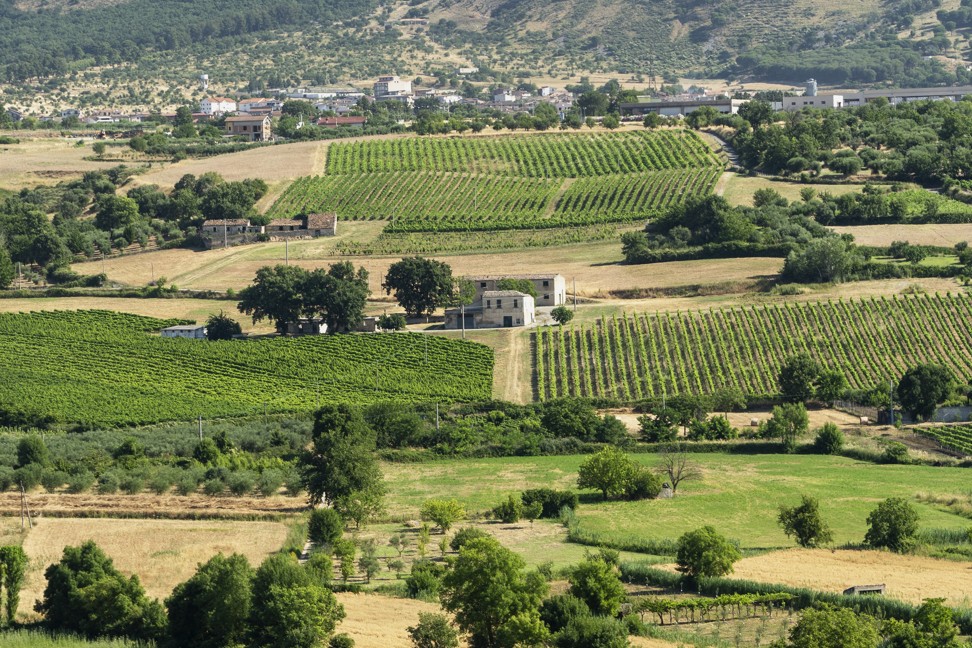
Producer Elio Attinà, owner of the Il Giardino del Bergamotto estate, sells 12 different kinds of bergamot jam, including bergamot with Calabria’s premium red onion and yellow pumpkin, along with biscuits, chocolates and candied peel.
“We have local dishes such as risotto with bergamot, meat scallops with bergamot juice, and bergamot chicory salad with olives,” says Attinà, who exports the peel to France for making biscuits and dried leaves to Canada to make the much-loved Italian drink grappa.
“The pulp and the fragrant peel can be used in an infinite variety of ways to make delicious recipes,” he adds. “A bergamot fruit holds a kernel of mystery that is impossible to define and which enhances its appeal, especially abroad. In Italy, not that many people are aware of the incredible fruit that grows in their own country and how it can be savoured and used.”

